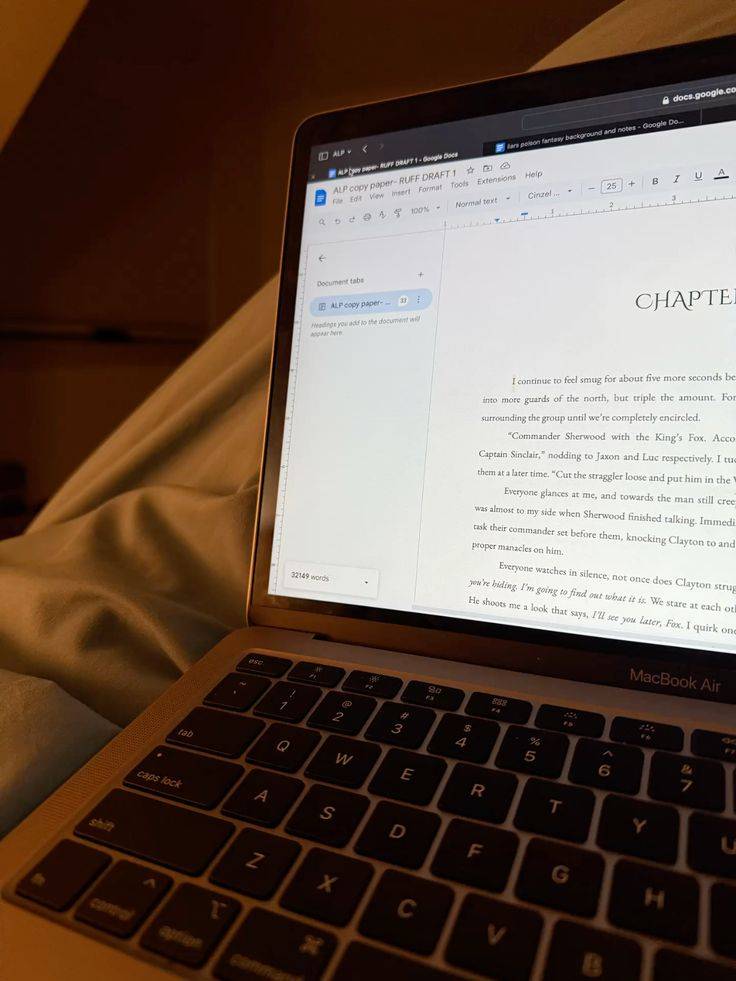There’s a common misconception among writers—especially those new to creative or narrative work—that if you write well, the storytelling will take care of itself. Grammar, sentence flow, vivid descriptions: all of these are important. But they’re not enough.
Writing well is a technical skill. Storytelling is an emotional one. And mastering both takes intention.
The Difference Between Writing and Storytelling
Let’s break it down.
Writing well means your sentences are clear. Your language is precise. You know how to avoid clichés, vary sentence structure, and keep the reader engaged at the sentence or paragraph level.
Storytelling, on the other hand, is about structure, emotion, tension, and pacing. It’s knowing when to reveal something—and when to hold back. It’s crafting characters who feel real and conflicts that matter. It’s making the reader feel something, not just admire your prose.
You can write a paragraph that reads beautifully on its own—but if it doesn’t move the story forward, it’s just decoration.
Why Good Writing Can Still Fall Flat
Ever read a piece that’s technically flawless but left you cold? That’s often the result of strong writing and weak storytelling.
Maybe the stakes weren’t clear. Maybe the characters didn’t evolve. Maybe the structure wandered. When that happens, even gorgeous writing can feel empty.
On the flip side, think about your favorite novels or movies. Were they perfectly written? Probably not. But the story kept you hooked.
Storytelling Is Built on Emotion, Not Just Language
To tell a compelling story, you need to understand emotion: what your characters want, what stands in their way, and how that conflict drives the plot. You also need to think in arcs—character arcs, narrative arcs, emotional arcs.
This requires stepping back from the line-by-line beauty and asking:
-
What’s the heart of this story?
-
Why should anyone care?
-
What do I want the reader to feel at the end of this chapter?
Those questions can’t be answered by grammar or vocabulary. They’re answered by empathy, structure, and intent.
How to Bridge the Gap
Here’s the good news: you don’t have to choose between being a good writer and a good storyteller. You can develop both.
-
Study story structure — not just how to write, but how to build.
-
Read widely, especially stories that move you. Pay attention to how the plot unfolds, how tension builds, and how resolution lands.
-
Practice restraint. Sometimes the most beautiful sentence is the one you cut because it doesn’t serve the story.
-
Get feedback not just on your writing, but on your story’s impact. Ask readers how they felt, not just what they thought.
Final Thought
Writing well is admirable. But if you want your work to resonate—to stick with people long after they’ve finished reading—you need to learn to tell a story.
Writing is the tool. Storytelling is the art.


